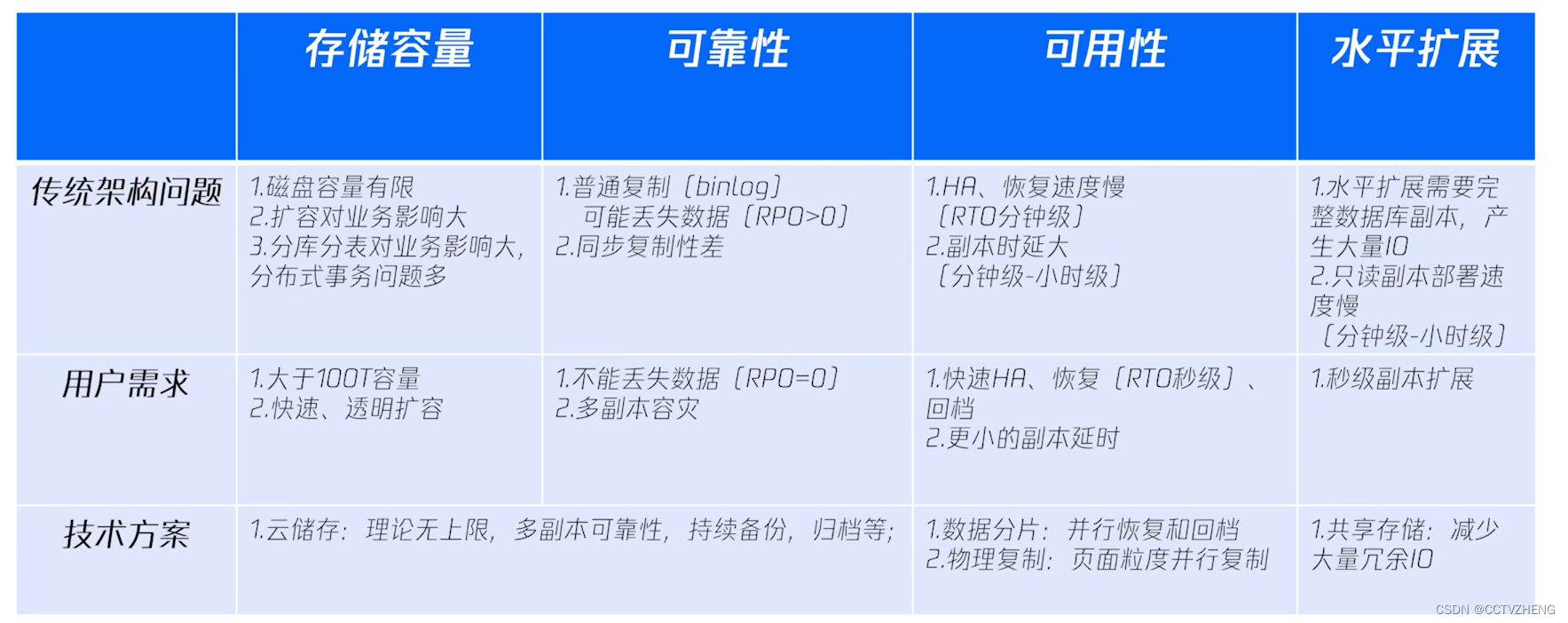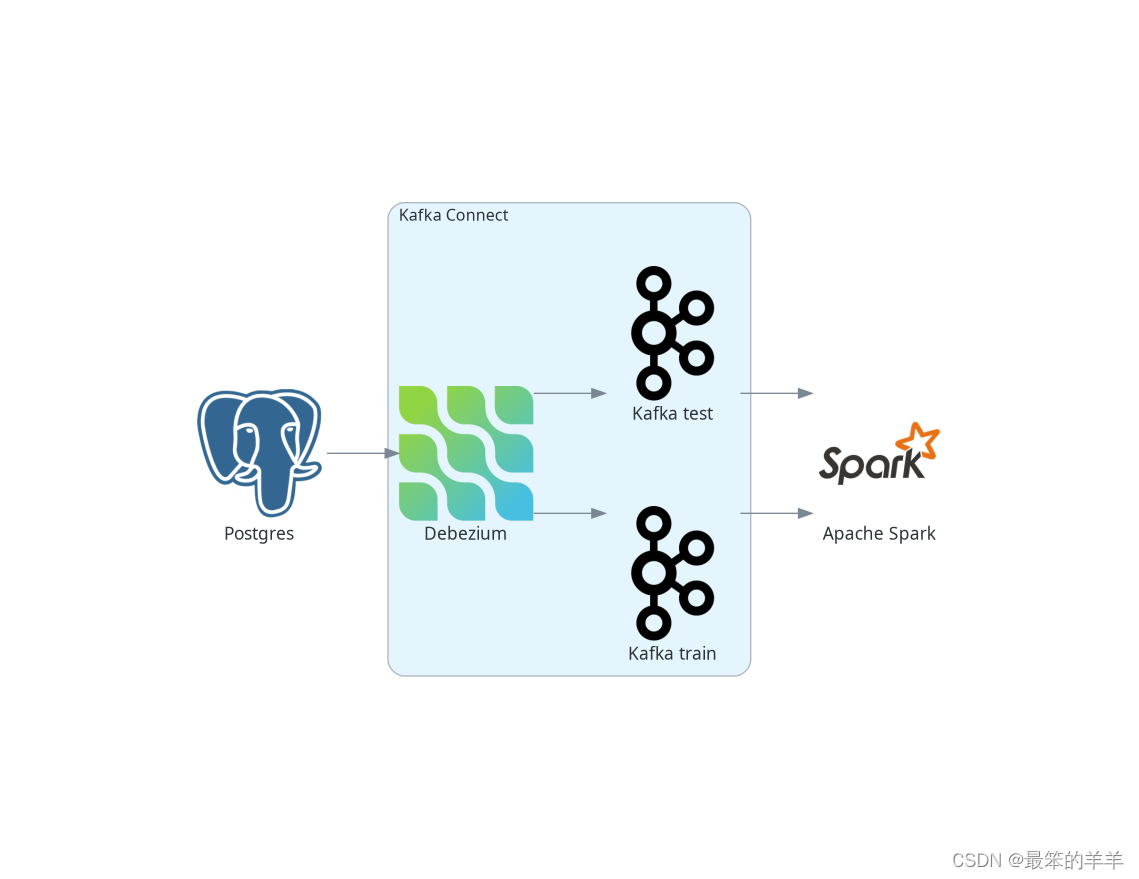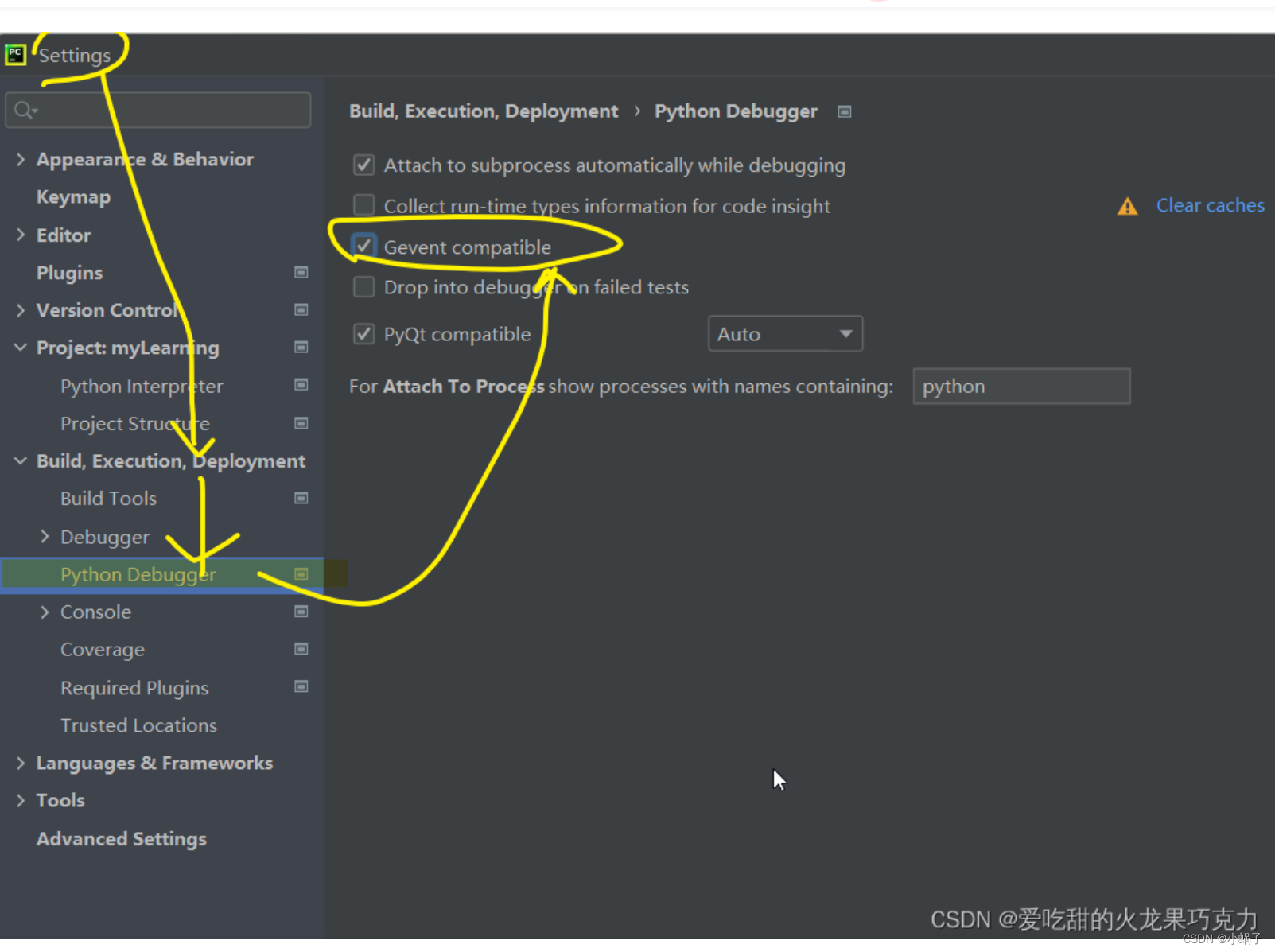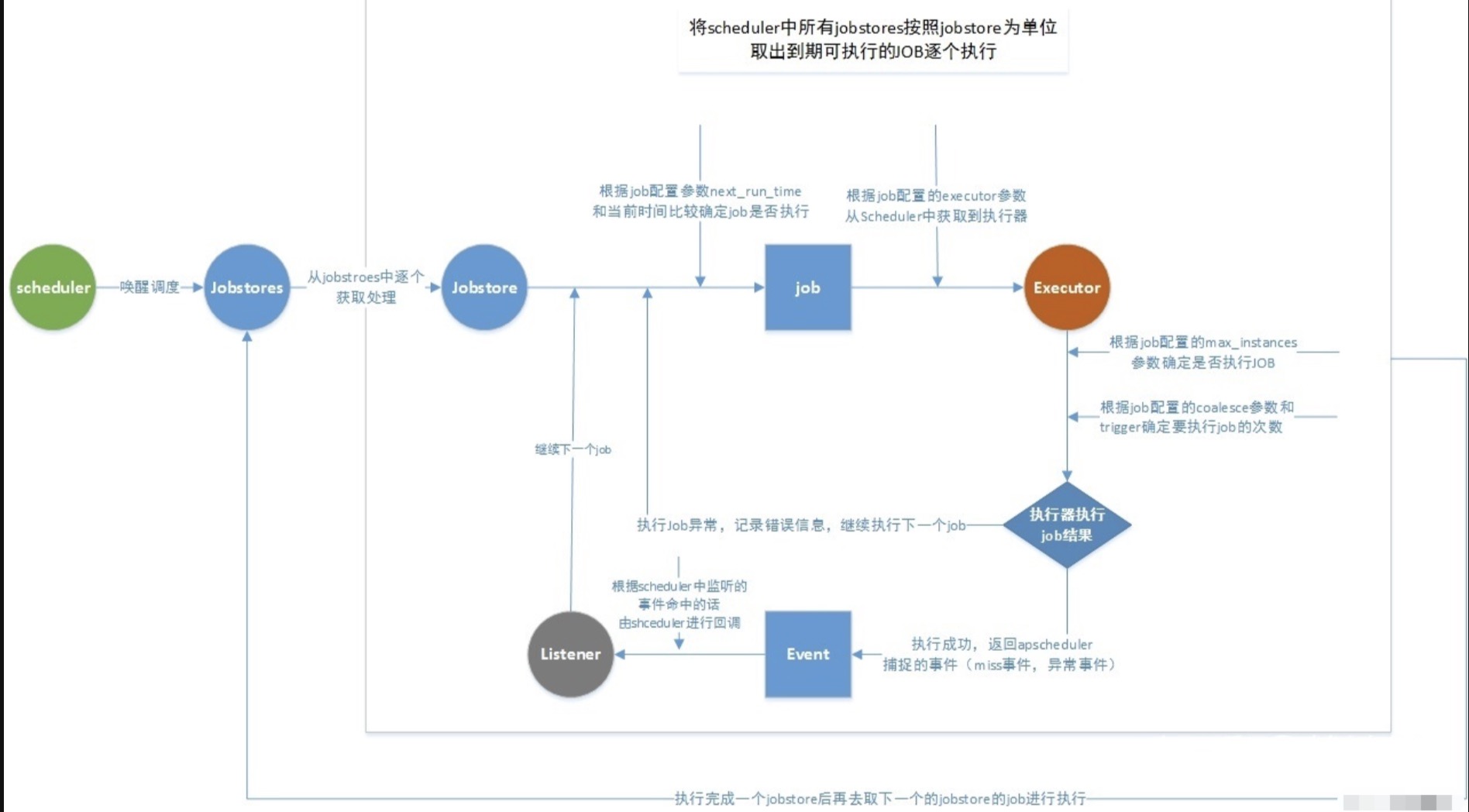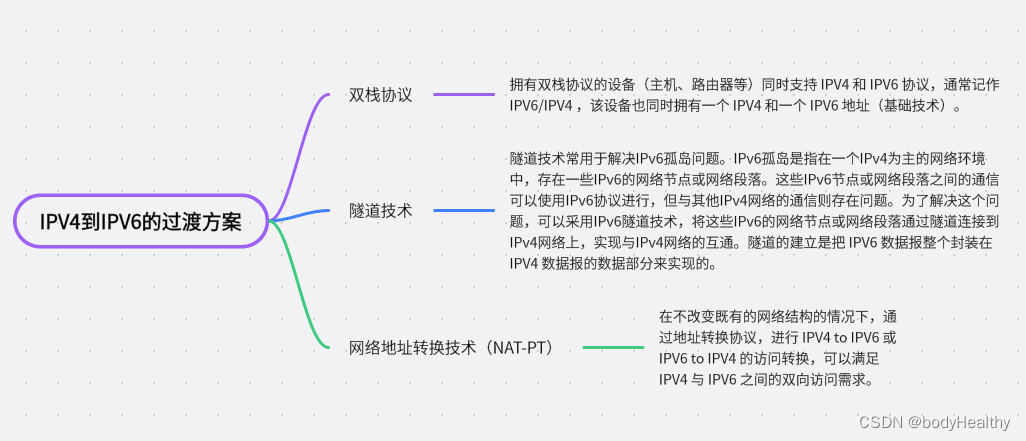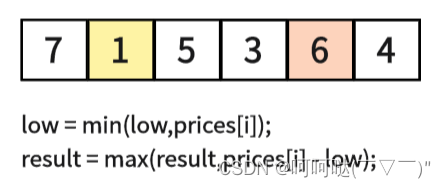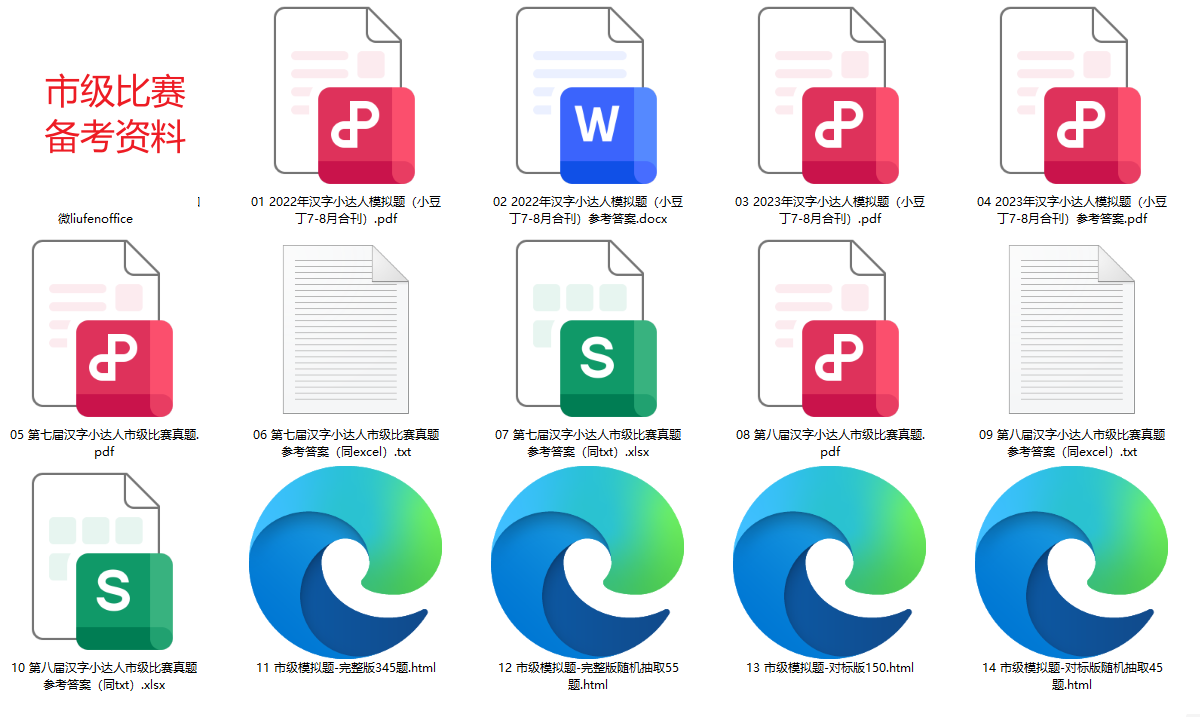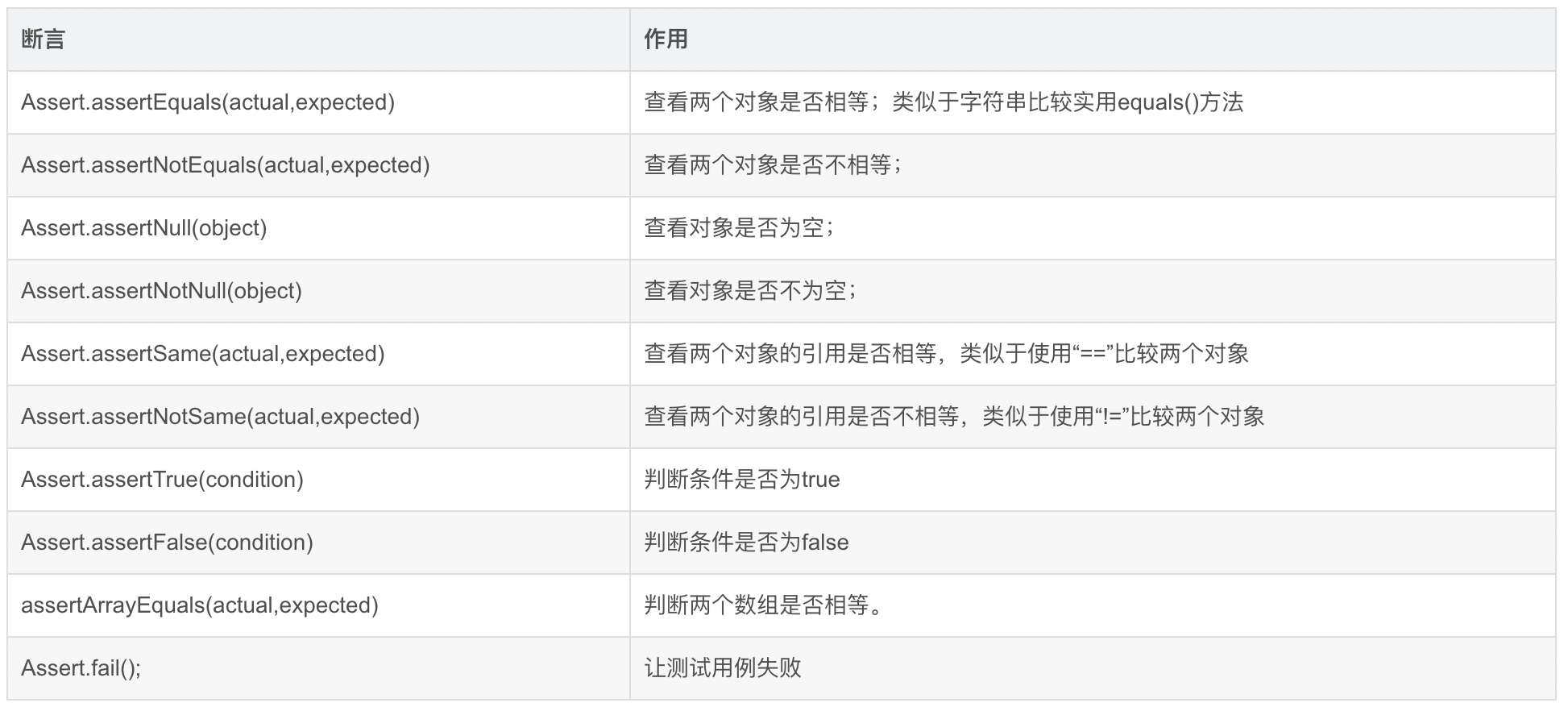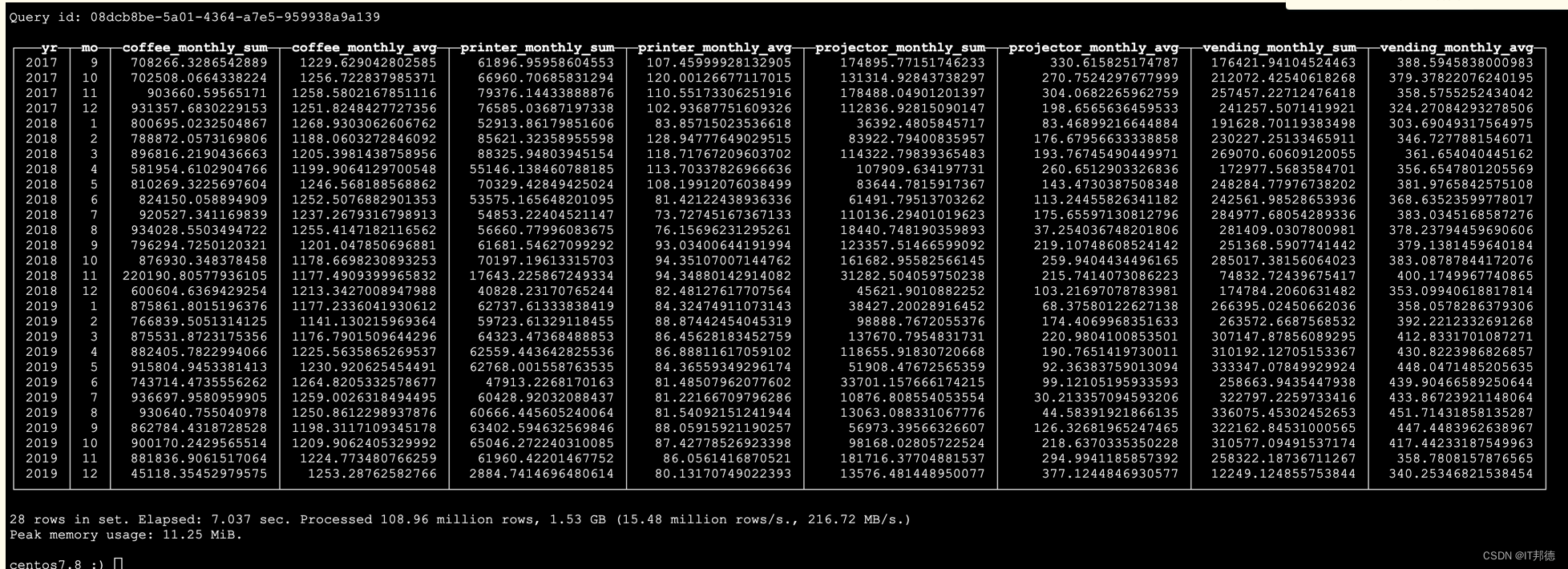当你在Vue.js中开发应用程序时,数据请求拦截和错误处理是不可或缺的一部分。通过拦截请求,你可以在发送请求之前对其进行修改,而通过错误处理,你可以有效地处理来自服务器的错误响应。本文将介绍如何在Vue.js中进行数据请求拦截和错误处理,以确保你的应用程序具有良好的稳定性和用户体验。

1. 安装并配置Axios
在进行数据请求拦截和错误处理之前,首先要确保你的Vue.js项目中已经安装并配置了Axios。Axios是一个流行的HTTP客户端,用于发送和接收HTTP请求。你可以使用npm或yarn来安装Axios:
npm install axios
# 或者
yarn add axios
然后,你需要将Axios配置到你的Vue.js应用程序中。通常,你可以在main.js文件中执行这个操作:
import Vue from 'vue'
import axios from 'axios'
Vue.prototype.$http = axios
2. 请求拦截
请求拦截允许你在请求发送到服务器之前对其进行修改或添加一些信息,例如身份验证令牌。你可以使用Axios的interceptors来实现请求拦截。以下是一个示例:
// main.js
import Vue from 'vue'
import axios from 'axios'
Vue.prototype.$http = axios
// 请求拦截器
axios.interceptors.request.use(
config => {
// 在请求发送前可以做一些操作,例如添加身份验证令牌
const token = localStorage.getItem('token')
if (token) {
config.headers.common['Authorization'] = `Bearer ${token}`
}
return config
},
error => {
return Promise.reject(error)
}
)
上述代码中,我们通过请求拦截器检查本地存储中是否存在身份验证令牌,并在请求头中添加它。
3. 错误处理
错误处理是确保你的应用程序在与服务器通信时具有良好用户体验的关键部分。你可以使用Axios的interceptors来全局捕获错误响应并采取适当的措施。以下是一个示例:
// main.js
import Vue from 'vue'
import axios from 'axios'
Vue.prototype.$http = axios
// 请求拦截器
axios.interceptors.request.use(
config => {
// 在请求发送前可以做一些操作,例如添加身份验证令牌
const token = localStorage.getItem('token')
if (token) {
config.headers.common['Authorization'] = `Bearer ${token}`
}
return config
},
error => {
return Promise.reject(error)
}
)
// 响应拦截器
axios.interceptors.response.use(
response => {
// 对响应数据做一些处理
return response
},
error => {
// 全局错误处理
if (error.response) {
// 获取HTTP状态码
const status = error.response.status
if (status === 401) {
// 处理未授权的请求,例如重定向到登录页
router.push('/login')
} else if (status === 404) {
// 处理资源不存在的情况
router.push('/404')
} else {
// 其他错误处理逻辑
// ...
}
} else {
// 处理网络错误
// ...
}
return Promise.reject(error)
}
)
在上述代码中,我们使用响应拦截器来处理错误响应。如果服务器返回401未授权错误,我们可以重定向用户到登录页。对于其他HTTP状态码,你可以根据需要进行适当的处理。
4. 在组件中使用Axios
现在,你已经配置了Axios的请求拦截和错误处理,可以在Vue.js组件中轻松使用Axios来发送HTTP请求。以下是一个简单的示例:
<template>
<div>
<button @click="fetchData">获取数据</button>
<div v-if="data">{{ data }}</div>
<div v-if="error">{{ error }}</div>
</div>
</template>
<script>
export default {
data() {
return {
data: null,
error: null
}
},
methods: {
fetchData() {
this.$http.get('/api/data')
.then(response => {
this.data = response.data
})
.catch(error => {
this.error = error.message
})
}
}
}
</script>
在上述示例中,我们在组件中使用this.$http来发送GET请求,并处理成功和失败的情况。
5. 总结
在Vue.js中进行数据请求拦截和错误处理是确保你的应用程序稳定性和用户体验的重要步骤。通过使用Axios的拦截器,你可以轻松地对请求进行修改和处理错误响应。请根据你的具体需求自定义拦截器和错误处理逻辑,以确保你的Vue.js应用程序具有出色的性能和可靠性。

